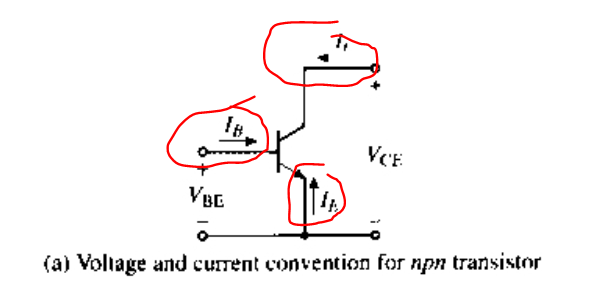I have what should be a simple misunderstanding of a piece of text from "RF Circuit Design" by Lugwig. I am not in a class, just self-teaching. This book has been quite helpful, and I have not found anything inaccurate in it (yet).
This is a large model for a BJT.
It all is quite clear, except equations 7.10 and 7.11 seem opposite to me.
The Ie equation makes sense if we are dealing with electron flow, but the Ic equation makes sense if we are dealing with hole flow.
(because the Ir and Ic arrows are opposing, so the If and Ie flows must be opposing as well, per the equations).
Any brief comments helping me to understand these two relations would be appreciated.


